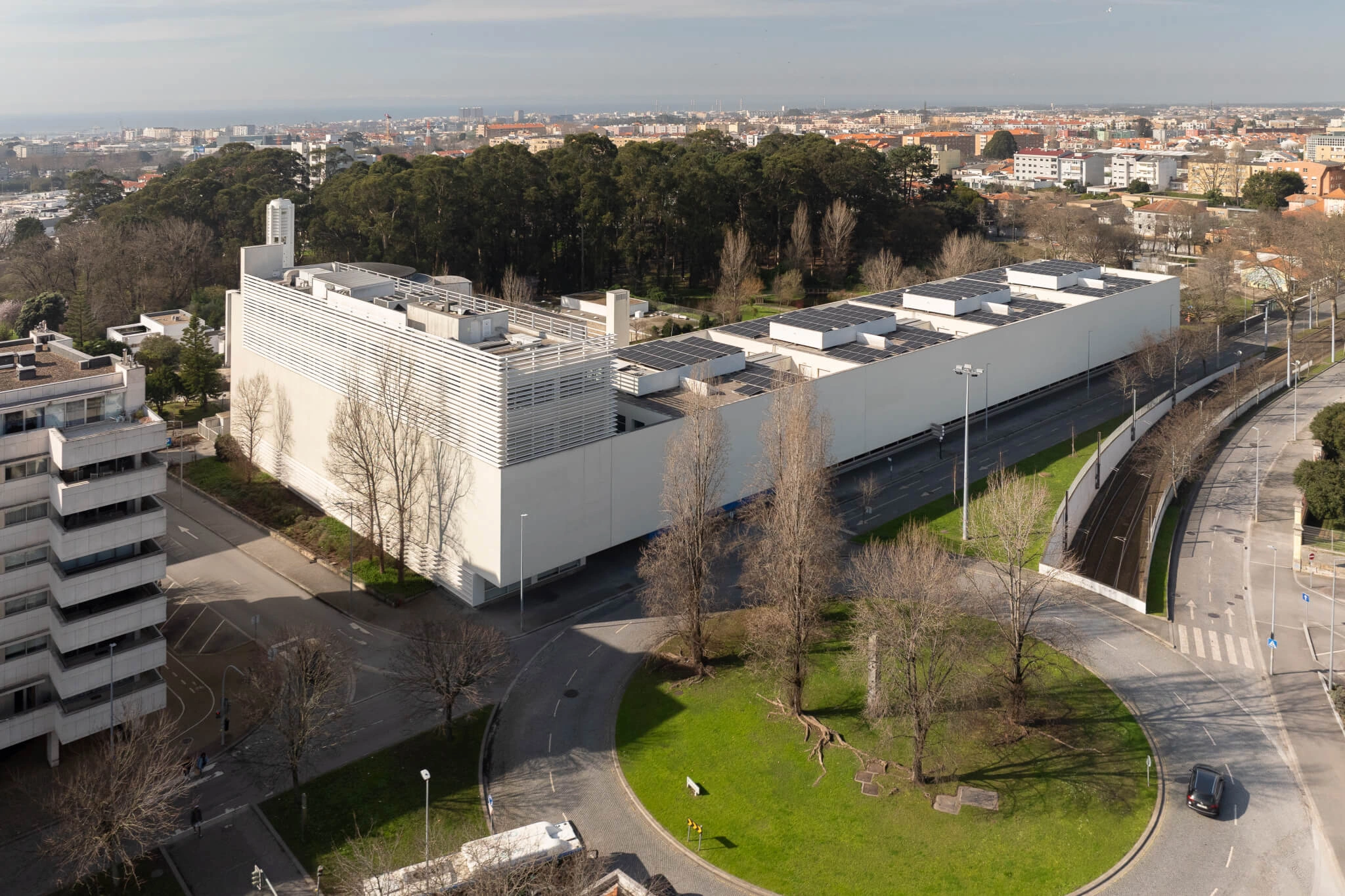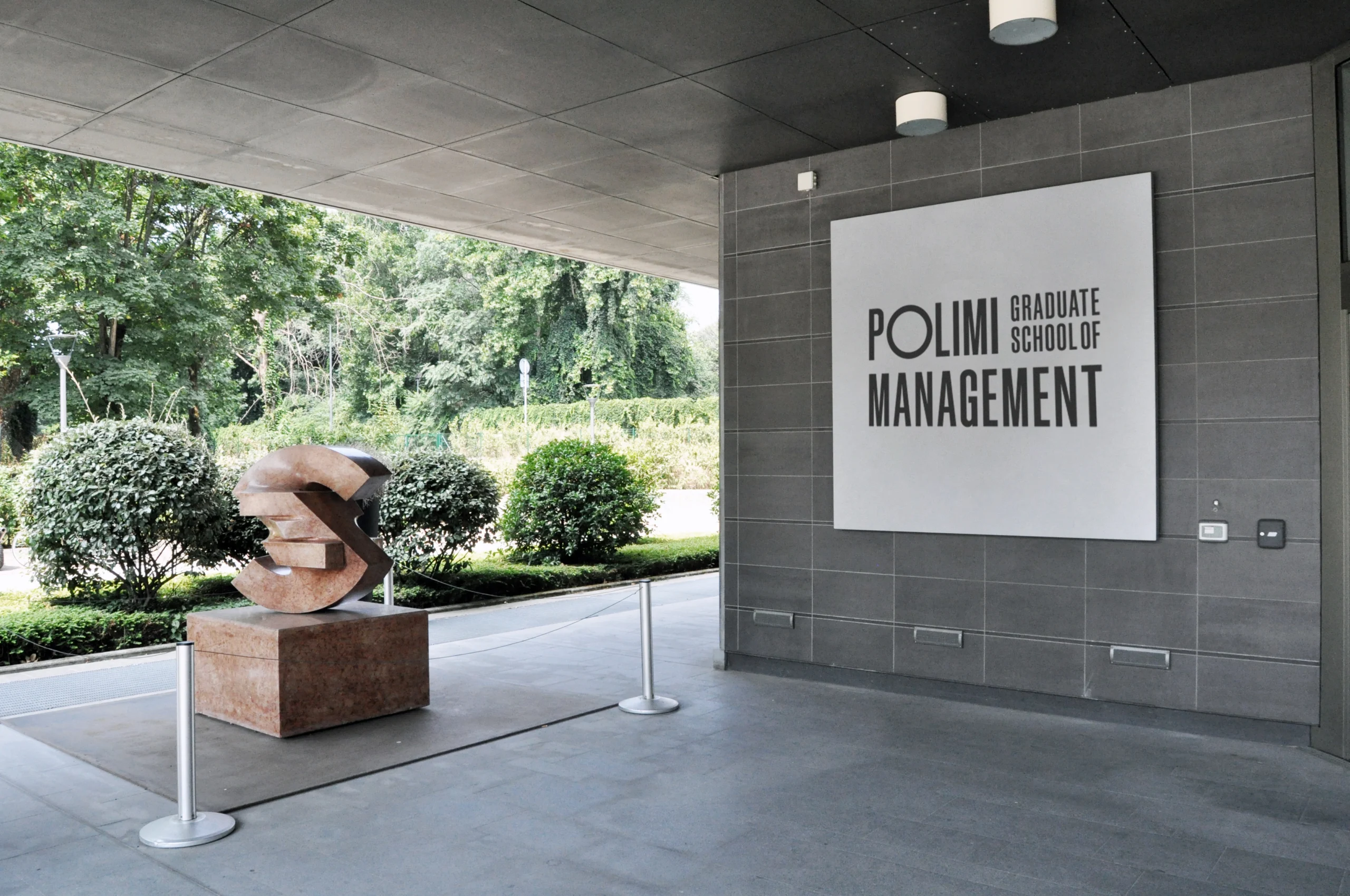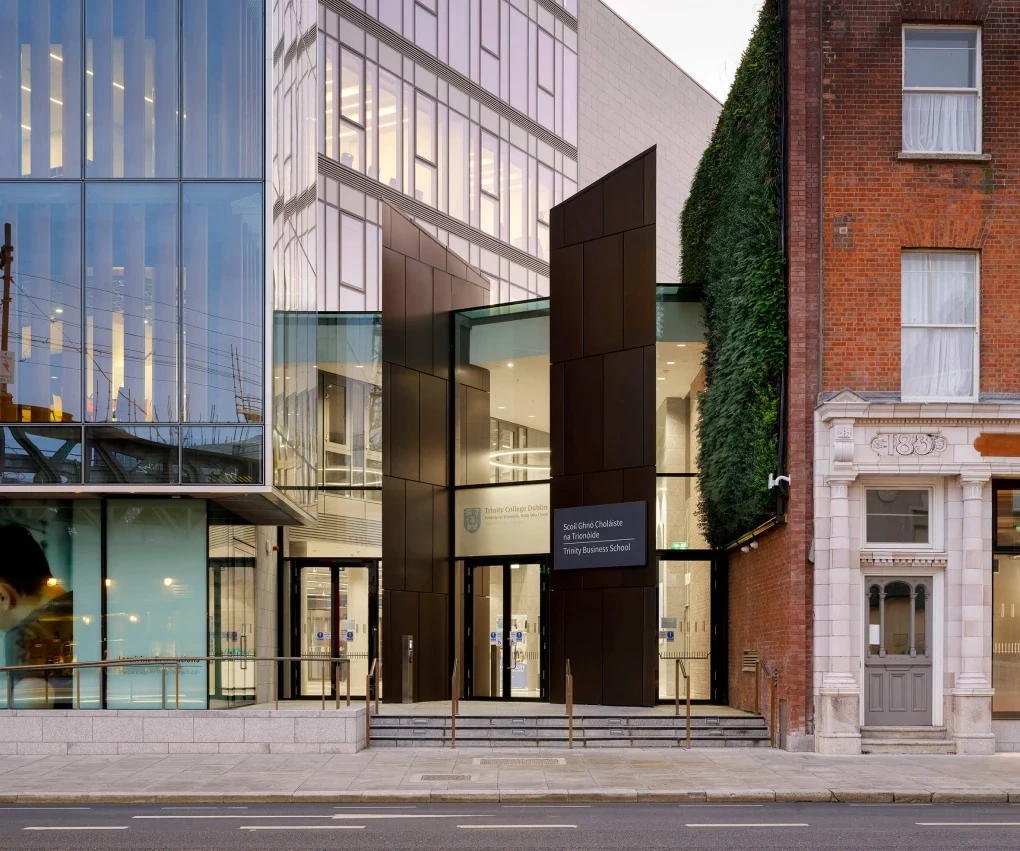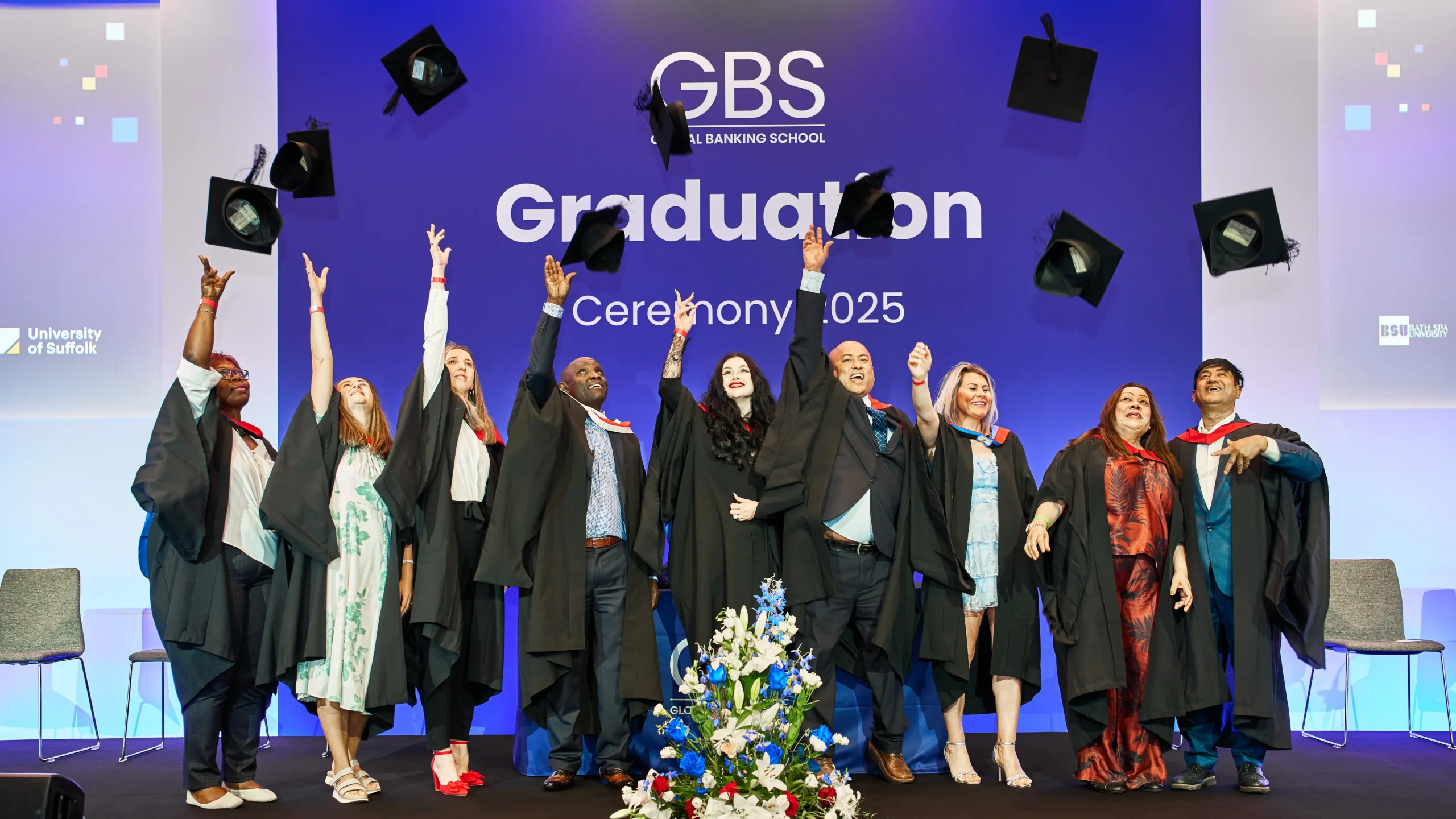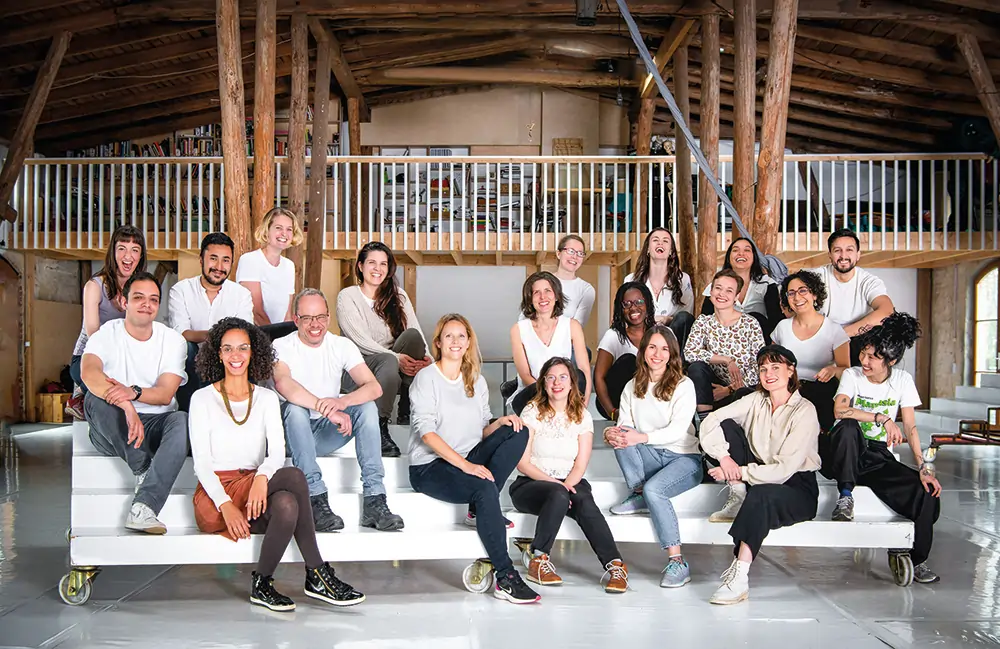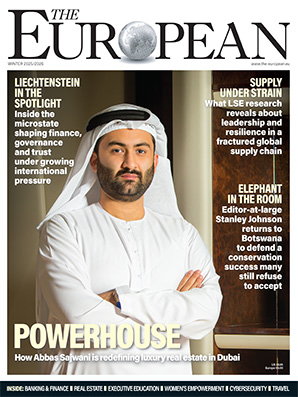Connecting with business, by learning from business

John E. Kaye
- Published
- Executive Education, Home
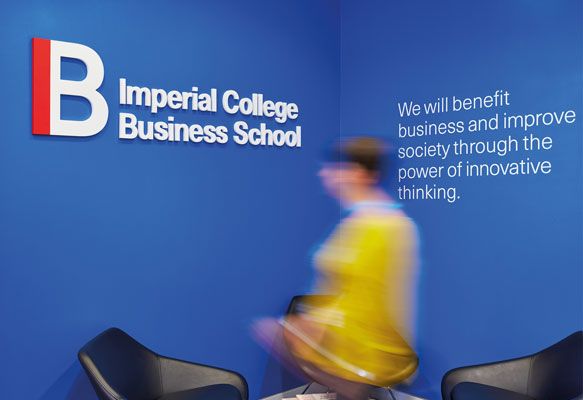
There are few higher education bodies that are not keen to forge stronger relationships with the business world, and there are compelling reasons for them to want to do so. Yet, it remains a perennial challenge for many universities.
As funding to the university sector becomes ever scarcer, so the need is becoming ever greater for higher education marketers to find new, more effective ways to connect with business. A growing number are discovering a rich source of inspiration and ideas in the marketing done by the corporate world itself.
Employability, funding and applications
Why are universities so keen to connect with business? One reason is that it is what potential students look for in a university. Each year QS produces its league table of the world’s top universities, ranked by a range of criteria. In 2015 it set out to discover what a league table judged by students would look like. It held a series of 11 focus groups in London, Paris, Milan, Rome and Moscow and received 519 responses to a short survey.
It found that the indicators that matter most to students relate to employment. Half of responding students chose ‘employer reputation’ as most important and 47% chose ‘employment rate.’ In comparison, 28% chose ‘research’, 16% chose ‘academic reputation’, and 10% chose ‘faculty-to-student ratio’. In this context, it is critical for every university that business looks favourably on its students and graduates.
Another compelling reason is that universities that enjoy the strongest relationships with business attract a greater share of research funding, joint venture investment and partnership funding. Finally, connections into the business world can help drive applications to MBAs and other business-oriented courses.
Positioning – the forgotten factor
This is not a one-way street. It is also worth noting that businesses are equally keen to build relationships with academia. A survey carried out by CBI and Pearson Education found that more than two thirds (70%) of the businesses had developed links of some kind with universities, while nearly half (48%) were looking to grow their university ties in the future. The key question is: which university will they choose to partner with?
To some extent, this is a factor of location and academic focus. Businesses will look firstly to connect with local universities, and to those with graduates, facilities and courses that are most relevant to their field of work. However, there is also a vital third factor: positioning. In simple terms this is about how effectively a university presents itself as a partner to business.
Lessons from the corporate world
Despite the many incentives to be business-friendly it is not always easy for higher education institutions to be so. Anyone who has ever worked in a university marketing department will be well aware of the many challenges that can arise in the form of change-resistant academics and constrained budgets.
Yet it is not impossible. In the past two years we have been working closely with Imperial College Business School, helping to position it as the academic institution that means intelligent business. For a design studio such as OPX that works with corporates like Nuffield Health, the BBC, Aviva Investors and Amlin, this was a new challenge. We had not worked in this sector before.
What we discovered was that this helped, rather than hindered us – we learnt that if higher education wants to connect with business, then the first thing it needs to do is to look and sound like a business. What do we mean by this?
Create a clear, consistent proposition
The first stage has to be to work out how to align your strengths with the needs of business, and use this to create a clear and consistent proposition. We would do this for any of our corporate clients. For example, our work with Nuffield Health was centered on the proposition ‘Health as it should be, to you’. It allowed us to show Nuffield as the provider of a wide range of healthcare services from gyms to insurance.
Similarly at Imperial, the school was drawing on its reputation for innovation in science and technology. At the heart of the positioning lies the school’s unique fusion of business and technology. The brand identity had to reinforce the school’s attributes – robust, dynamic and data-driven – along with the central positioning: ‘Imperial means Intelligent Business’.
Distinctive brandmark as lens
Next, create a brandmark that is high impact, distinctive and relevant to your audience. In the corporate world we did this to great effect for Amlin, helping them create a new, more dynamic brandmark that would work for its sports sponsorships, increase its profile, and help it attract major new partners.
And with Imperial, we benchmarked the brand identity not against other academic institutions but against the contemporary world of business. Instead of Penn State and Stanford, we looked towards brands like Google and Greylock to more accurately reflect the central proposition. So, the IB graphic matches the school’s strategic journey while acting as a lens through which to show images that highlight the fusion of business and technology at the brand’s core.
Compare the typical corporate brandmark with the overly ornate and often heraldic brandmarks, which we tend to see in higher education and you will see just how much work there is to be done in this sector.
Make it multichannel
We live in a digital-first world. When BBC Digital Storytelling came to us it needed a visual identity that would not only distinguish it from the many others BBC mini-brands like BBC iWonder and BBC Taster, but would also be flexible enough to function across a variety of on and offline channels.
The same was true for Imperial’s communications. This meant a digital-first approach to the brand identity. Colours were chosen to work on screen. We developed a visual language with the simplicity to perform seamlessly across multiple platforms, from favicons to video animation.
Our approach to imagery was informed by business, not academia. We use the contemporary language of business, science and technology popularised by publications like Wired to reflect the way business shows itself today. Informal portraiture elevates regular students to the status of future business leaders and the inclusion of alumni demonstrates what they can achieve. We leveraged London as a location, too, appealing to global students by framing the city as a hub of business and technology.
Stakeholder engagement
For any brand identity project like this, stakeholder engagement is pivotal. This was true for Aviva Investors, where we needed to not only create a new positioning that would confirm the firm as a global player, building emotion into the brand and humanising a commoditised area, but also run quantitative testing across Europe, Asia and the USA, as well as internal workshops building company-wide understanding of why and how this new identity was being introduced.
It was also true for Imperial where we were fortunate to have the enthusiastic advocacy of the Dean, but where we needed to invest time in ensuring all other senior members of the School were equally enthusiastic. This involved direct, face-to-face conversations with each of them, talking them through the thinking behind the brand mark and showing them how it would be used in context.
At the same time we ran a series of workshops with students, staff and alumni. We began these by asking them how they wanted the school to be seen. We then asked them to compare the existing look and our new solution and it was clear that the new solution would much more effectively deliver the perception that these groups wanted.
Measure results
Our corporate clients demand measurable success. They are right to do so and Imperial was no different. Once the new identity had rolled out on the first day of the new academic year in September 2015, we needed to show that it had been a success – that the investment had produced a return.
Indeed it had. Since introducing the new branding to the website, MBA page sessions increased by 174% and new visitors by 137%. More critically, applications to MBA courses have increased by 330% for the year-to-date. The school has also signed a host of new corporate partnerships and in December 2015 signed its largest ever corporate partnership, a 10-year, £2.3m agreement with Edwardian Hotel Group. New high status accreditations from EQUIS and the Forte Foundation also bear testament to the organisation’s growing reputation, with improvements to internal and external communication an acknowledged contributor to this important success.
The success of IB shows that academic institutions can build relationships with business – and that they do it most effectively by learning from how those businesses market themselves.
Simon GoodallAbout OPX
OPX is a design consultancy that helps a wide range of organisations to effectively manage change by designing brands and experiences that make a difference, with clients including KPMG, Natural History Museum, Imperial College Business School, Unilever, Arup and Network Rail.
Sign up to The European Newsletter
RECENT ARTICLES
-
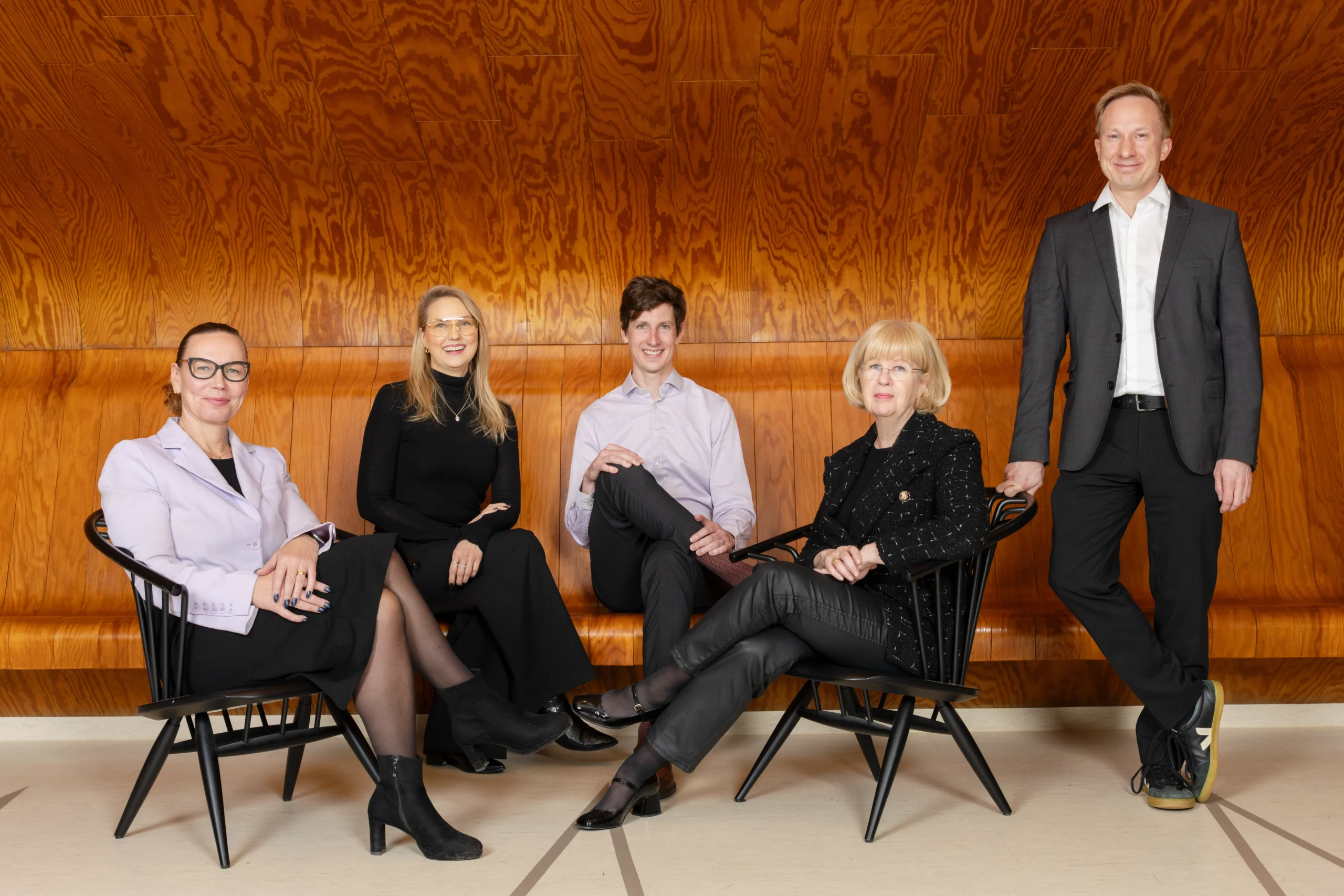 Aalto EE launches Aalto Tech EMBA to equip executives for digital transformation
Aalto EE launches Aalto Tech EMBA to equip executives for digital transformation -
 Supply chains are being remade. Leadership must be too
Supply chains are being remade. Leadership must be too -
 Why the real barrier to AI success sits in the boardroom
Why the real barrier to AI success sits in the boardroom -
 ETH Zurich and the University of St.Gallen redefine executive education with emba X, a new model of responsible leadership
ETH Zurich and the University of St.Gallen redefine executive education with emba X, a new model of responsible leadership -
 Why leadership is the strongest defence in South Africa’s schools
Why leadership is the strongest defence in South Africa’s schools -
 Porto Business School launches executive programme on AI strategy
Porto Business School launches executive programme on AI strategy -
 POLIMI Graduate School of Management strengthens global reputation in MBA and master’s rankings
POLIMI Graduate School of Management strengthens global reputation in MBA and master’s rankings -
 Trinity Business School strengthens standing in global MBA rankings
Trinity Business School strengthens standing in global MBA rankings -
 Meet the class of 2025… and their children. Why mid-life university learning is on the rise
Meet the class of 2025… and their children. Why mid-life university learning is on the rise -
 University of Michigan launches executive programme for chief data and AI officers
University of Michigan launches executive programme for chief data and AI officers -
 International education: A vision for global citizens
International education: A vision for global citizens -
 How to create lasting social change? Build a community
How to create lasting social change? Build a community -
 Tomorrow’s world needs Dyslexic Thinking
Tomorrow’s world needs Dyslexic Thinking -
 Why family therapy is the best investment you can ever make
Why family therapy is the best investment you can ever make -
 How EQ can give us the edge over AI
How EQ can give us the edge over AI -
 A true root and branch approach
A true root and branch approach -
 It's fine to say you're not ok
It's fine to say you're not ok -
 Are you willing to change with your organisation?
Are you willing to change with your organisation? -
 Emerging markets: Online learning for women unlocks economic potential
Emerging markets: Online learning for women unlocks economic potential -
 A programme of urgent importance
A programme of urgent importance -
 Why progress is not parity
Why progress is not parity -
 Begin by building trust
Begin by building trust -
 Have we the energy for cryptocurrencies?
Have we the energy for cryptocurrencies? -
 Make your employees everyday data scientists
Make your employees everyday data scientists -
 The power of understanding
The power of understanding





